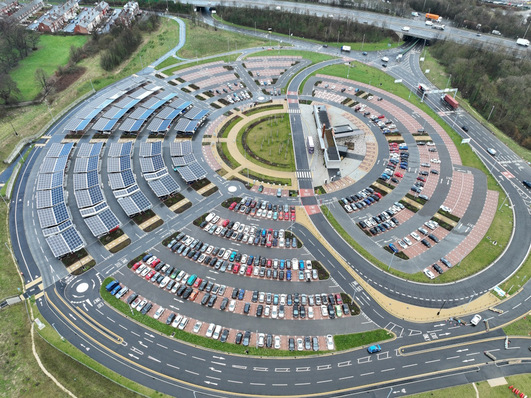Research and industry invest lots of know-how in improving solar cell efficiency. In order that PV modules benefit from the advances in cell efficiency, the cell-to-module integration process must be performed reliably with low losses. With this in mind, the photovoltaic module group at Fraunhofer ISE developed the software SmartCalc.CTM, which enables manufacturers of PV modules and materials to optimize the assembly and material combination in a PV module, before fabricating a prototype.
The software determines the cell-to-module effects, or CTM, which occur when solar cells are integrated into a module. Starting with the cell power, the software calculates the optical losses and gains (e. g. reflection), electrical losses (e. g. due to resistances) and the geometrical losses (inactive areas) in solar modules. The software tool assists in analyzing potential yields, thus enabling PV manufacturers to determine how new materials or concepts would affect module efficiency. In the model, the interaction between components and process steps are optimized in such a way that the best possible module – with the highest power or the maximum efficiency under the given boundary conditions – is achieved.
SmartCalc.CTM offers added value in that it can quickly analyze the interplay between the influencing factors for a module design and present these in a clear manner. The underlying models in provide detailed yet flexible control at the same time. Properties of solar cells, encapsulation material or module glass can be easily adapted. Thus, the use of new materials and components and their effect on the module efficiency can be easily determined, enabling new technologies and module designs to be evaluated rapidly. The software can also be used to optimize costs. For example, different less-expensive materials can be compared and evaluated with respect to the module’s performance efficiency.







